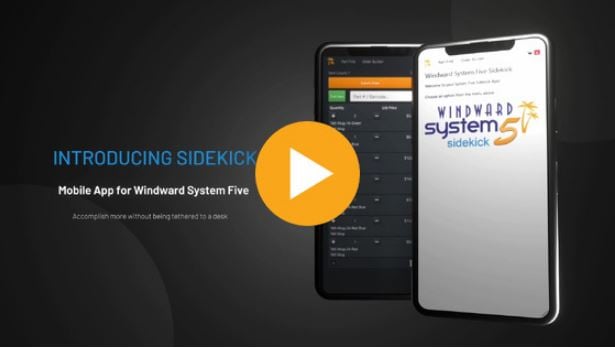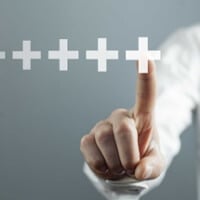There seems to be two flavors of cash drawer splitter on the market.
The first is just a straight through splitter where all pins are the same. All wires coming into the splitter are passed through to the output female connectors.
This option would require specialized cables to be connected between the splitter and the cash drawers.
In this scenario:
Cable A is a straight through cable.
Cable B would be a standard cash drawer cable configured as cash drawer 1.
But cable C would be a special cable configured to be connected to cash drawer 2.
If the correct cables aren't used, then both cash drawers will act like drawer 1 and open at the same time.

The next splitter option is one where the splitter itself is configured to make the necessary pin changes so that two standard cash drawers can be used with the standard cables they were shipped with.

These splitters are usually marked with the cash drawer numbers so that they will be connected correctly. Usually, these splitters have the input wire connected permanently within the splitter housing.
Also be aware that the cash drawer pinouts on Star, POS-X and other brands of printers may vary slightly and should be discussed with your IT people.
For the purposes of this artical we are discussing the pinouts of most Epson printers.
To better visualize this, here is a typical connector for a cash drawer that will be connected to an Epson printer.
It looks very much like your standard home telephone connector, but a phone splitter or cable won't work with a cash drawer.
 These come in a 4 pin (RJ11) or 6 pin (RJ12) configuration. This example is a 4 pin (RJ11) which means pin 1 and 6 aren’t used.
These come in a 4 pin (RJ11) or 6 pin (RJ12) configuration. This example is a 4 pin (RJ11) which means pin 1 and 6 aren’t used.
As you can see this cable only utilizes two pins.
Pin 2 Black wire (Cash Drawer 1)
Pin 4 Red wire (Cash Drawer Drive +)
When connected to the cash drawer port on the receipt printer it can only receive the open signal for cash drawer 1.
If you want to connect a second cash drawer to the receipt printer, then the black wire on pin 2 must be moved to pin 5, or you must use a dual cash drawer splitter that does this change internally allowing you to use your existing cash drawers in a dual cash drawer environment.
The only other option is that some cash drawer manufacturers have cash drawers with a mechanical switch that allows you to set each cash drawer to be cash drawer 1, or cash drawer 2, or both can be triggered at the same time by setting them both to the same setting.
This is the typical Cash Drawer pin configuration for an Epson printer.
 This pinout graphic is of the socket on the printer, not the male plug on the cable.
This pinout graphic is of the socket on the printer, not the male plug on the cable.
- Pin1 – Not connected
- Pin 2 – Cash drawer 1 (negative)
- Pin 3 – Cash drawer 1 sense (typically not used)
- Pin 4 – Cash drawer drive (positive voltage)
- Pin 5 – Cash Drawer 2 (negative)
- Pin 6 – Ground

If you are looking at the pins of the RJ11 cable ends (Male), pin 1 is on the right-hand side.
The wires needed to trigger cash drawer 2 must be connected to pin 4 and pin 5 on the printer side of the connector when using a straight through cable splitter.
If it isn't, and both cash drawers are using the cable that came with the drawer, then both cash drawers will be triggered by pin 2 and both will open at the same time.
For the dual cash drawer splitter, the change of the pinouts is handled by the splitter.
On connector 1, the open drawer 1 signal from pin 2 is directed to pin 2 on the cash drawer cable.
On connector 2, the open drawer 2 signal from pin 5 is directed to pin 2 on the cash drawer cable.
The Cash Drawer Drive voltage is connected to pin 4 on both connectors.

----------------------------------------------------------------------------------------------------------------
= Created by Steve Wind June 29 2023




